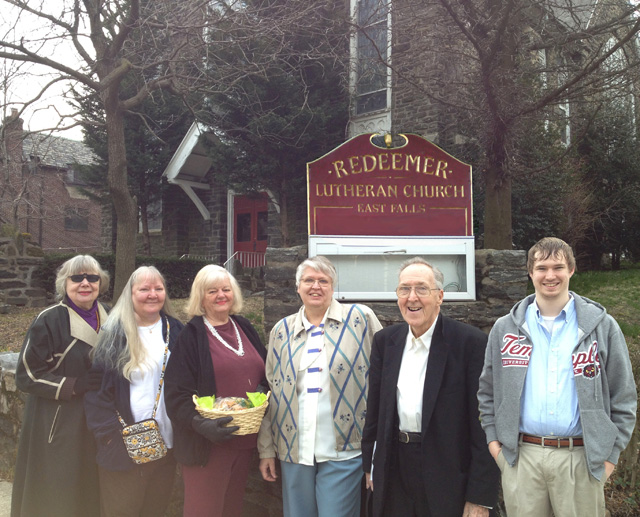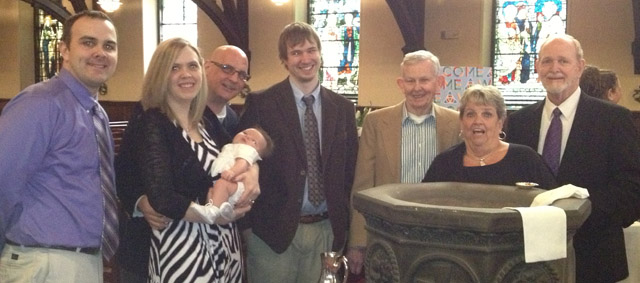“We Are Diverse”
One of the more frequent exclamations coming from SEPA Synod Assembly is the boast, “We are diverse.”
Just keep saying it and people might believe it.
Diversity in SEPA Synod is an illusion. Cloaks and mirrors.
The Synod Assembly is rigged to display diversity. Congregations are given extra votes and representation if they can prove diversity. A small church with darker skinned members can have more votes than small pale congregations.
Ecclesiastic gerrymandering also distorts gender and age. Most churches have a predominance of women in attendance, but congregations are required to send one female and one male member . . . creating the illusion of gender equality.
From the number of youth present at the Assembly, you’d think our churches were filled with energetic and engaged young people. They are not.
Diversity Within Diversity
When addressing diversity, the Church tends to fixate on skin color. Skin color alone, is broader than black and white and diversity is so much more than skin color. Skin color is easy to see and count . . . and so we do!
Redeemer’s Ambassadors have visited more than 60 of SEPA’s 160 congregations, We began our visits in the city where racial diversity is likely to be more prevalent than in the suburbs. As we continue our visits, reaching into the suburbs, we doubt we’ll see more diversity than we already have. So far, we haven’t seen much!
We see many white congregations with a few assorted “others” and a few black congregations with a few assorted “others.” Of all the congregations we have visited we can count only about five that have a substantial representation of people from different racial or ethnic backgrounds. Each of these was a smaller congregation.
This includes Redeemer — who SEPA has excluded from Lutheran fellowship for five years. Redeemer had grown to be very diverse. We were diverse racially, culturally, linguistically, ethnically, economically, philosophically, and in gender and age.
Our diversity didn’t earn us extra votes. In fact, we were denied any voice or vote in the Southeastern Pennsylvania Synod of the Evangelical Lutheran Church in America (SEPA ELCA) by decree of the bishop—a flagrant denial of congregational constitutional rights.
SEPA attempted to divide our congregation along racial lines. SEPA reported only our white members in reports to Synod Assembly. They further decided for our black members where they ought to go when they claimed our property—as if our black members were somehow too feeble to determine for themselves where they’d like to worship. It was OK if white Redeemer just disappeared. In fact, that was the plan.
“White Redeemer must be allowed to die. Black Redeemer . . . we can put them anywhere,” Bishop Burkat said in 2007.
Truth be told, there was great diversity among both our black and white memberships. We had African Americans, East Africans and West Africans. The Africans spoke many languages—French, Swahili and various tribal languages. We had white members born in England, Germany, Asia and America. We had regular visitors from India, France and South America and students from East Falls’ three universities.
We don’t count.
Do Some Research
You don’t have to visit as we have to get a true picture of diversity. Just add the numbers in the parish reports available on the ELCA Trend site. The demographics of Lutheranism are very white and very aging.
Our visits reveal that most worship services are typically attended by women over 65.
More often than not, there are no children present in the sanctuary for worship. Children’s choirs, a rarity, tend to be very small and very young.
Youth are scarce. It will be 20 years (if ever) before the few young people will come to be of an age to support the church financially in the manner of previous generations. They will be saddled with college debt.
Leadership has a hard time recognizing reality when they look across the Synod Assembly and see the hand-picked representation that gathers to decide the future of the church.
SEPA has often chosen to let congregations die, providing minimal services for as long as 10 years rather than help congregations when a little help might have made a big difference.
This should be a serious concern to SEPA. Two decades could decimate dozens of congregations. It may be too late and far more costly than if this had been addressed 20 years ago.
Some Parting Questions and A Plan
Should diversity in the Church be measured at all if there is no way of recognizing it?
Is diversity so important that we create false impressions? What is to be gained?
We are one in the Lord.
The fact is diversity will soon be the new norm in most neighborhoods. We are ill-equipped to serve the changing population.
Lest you think we criticize without venturing solutions, check out vbsaid.com. It outlines a plan which 2×2 would love to sponsor and pioneer. It could help the many small, aging churches reconnect with their neighborhoods.
We dont want to see any more Lutheran property in the city, provided by the sacrifices of dedicated lay members, permanently sacrificed to plug short-sighted budget holes.
The plan requires cooperation within the church and between various expressions of the church, but we think it is worth the effort and will benefit all. Right now, all these expressions are struggling in isolation.
We know the perfect hub to implement this program. Midvale and Conrad in East Falls.





